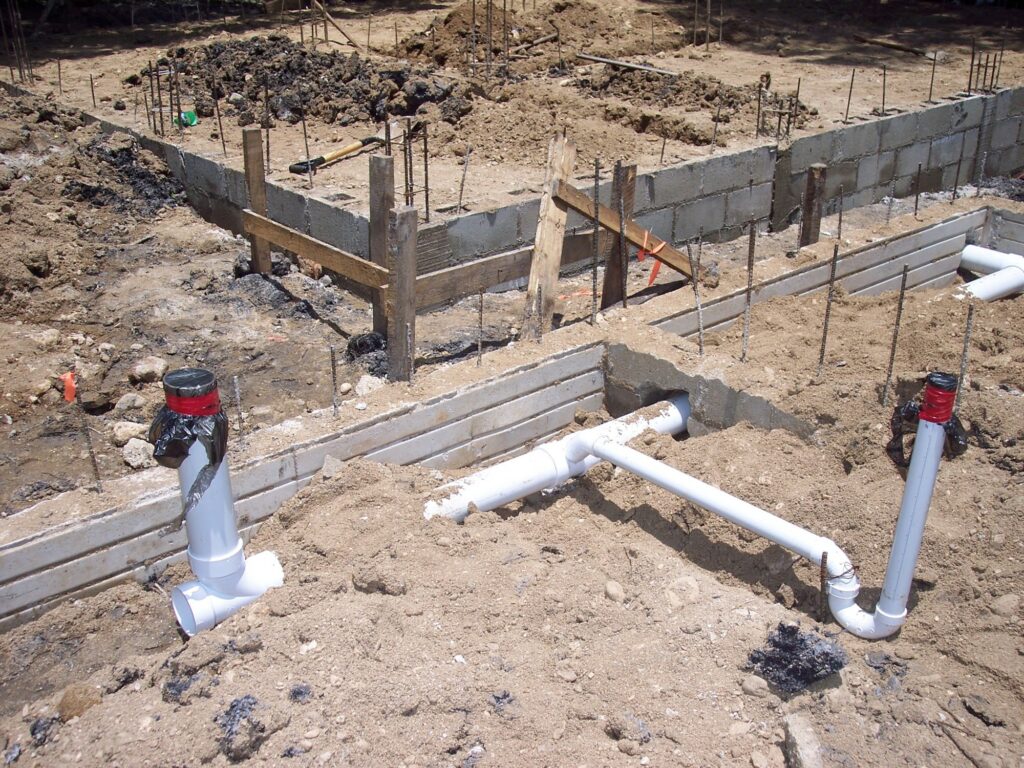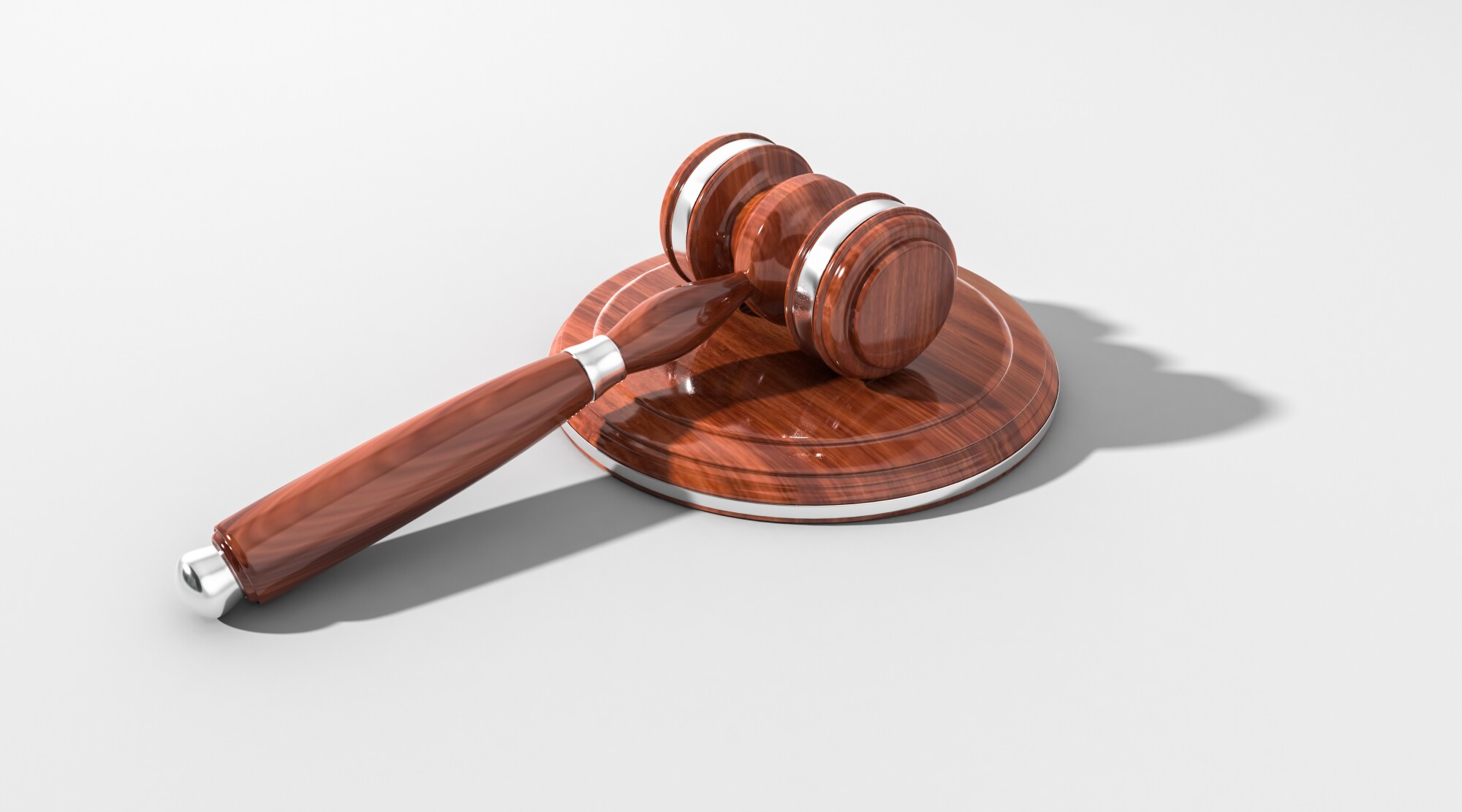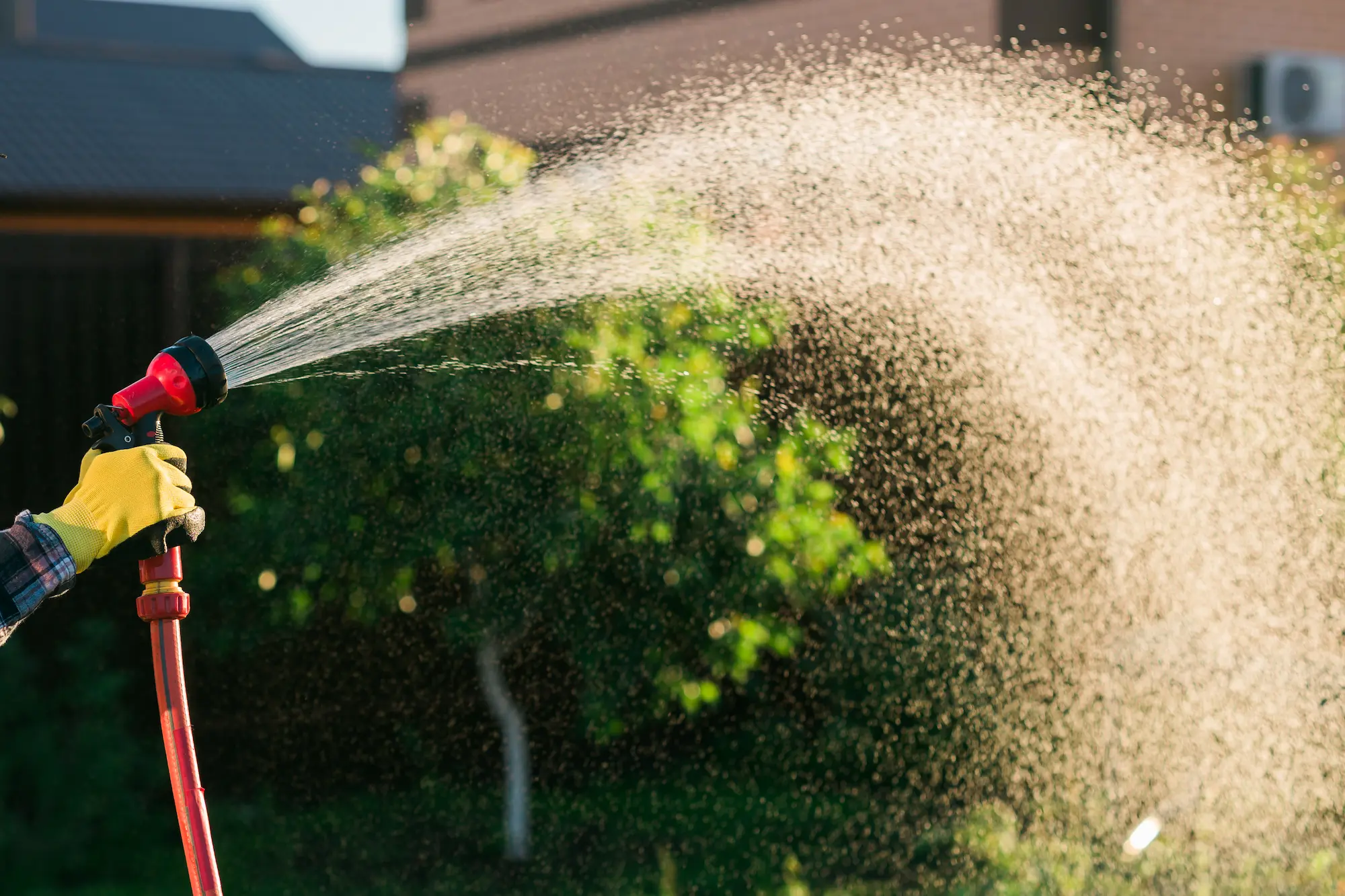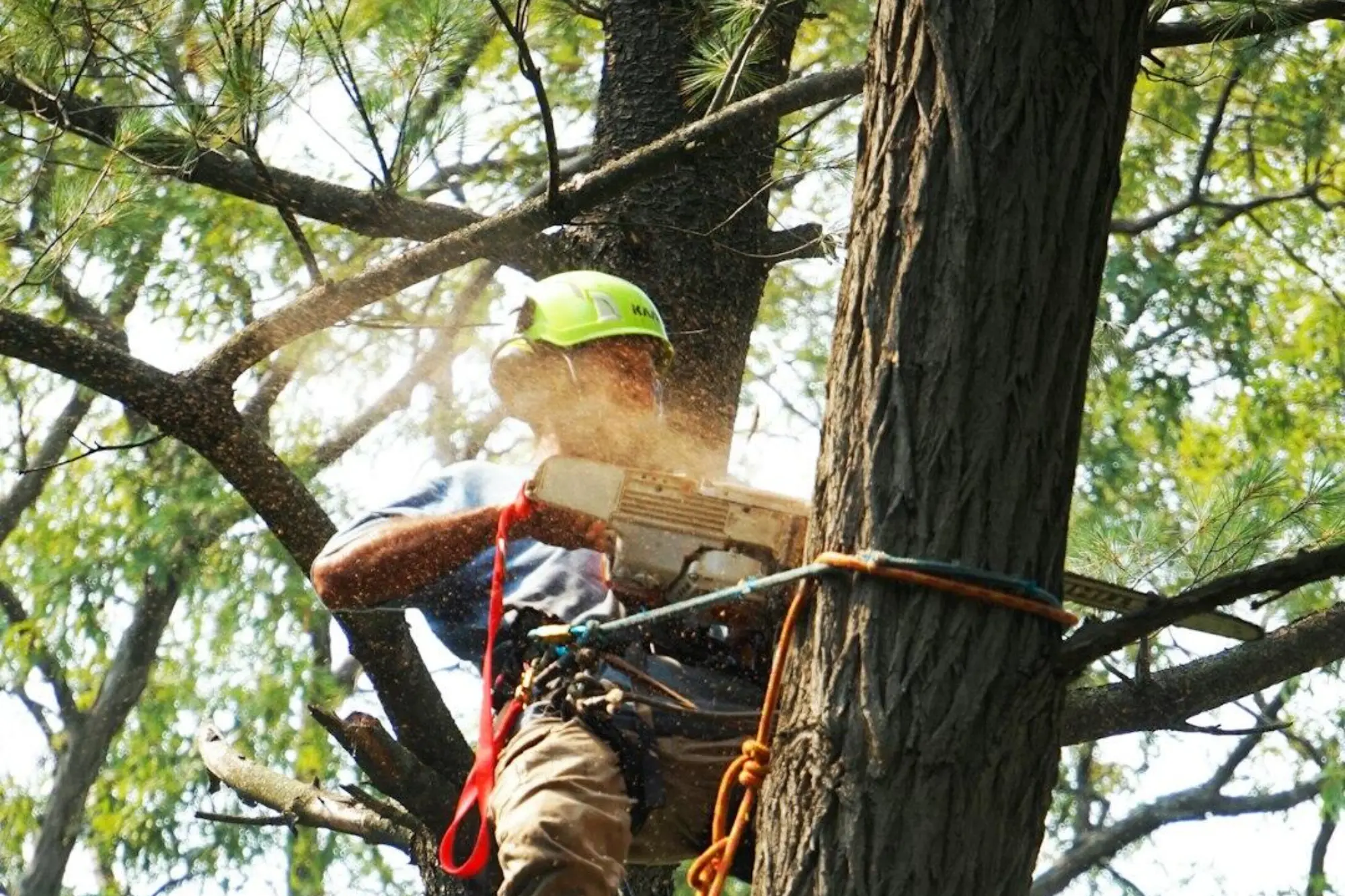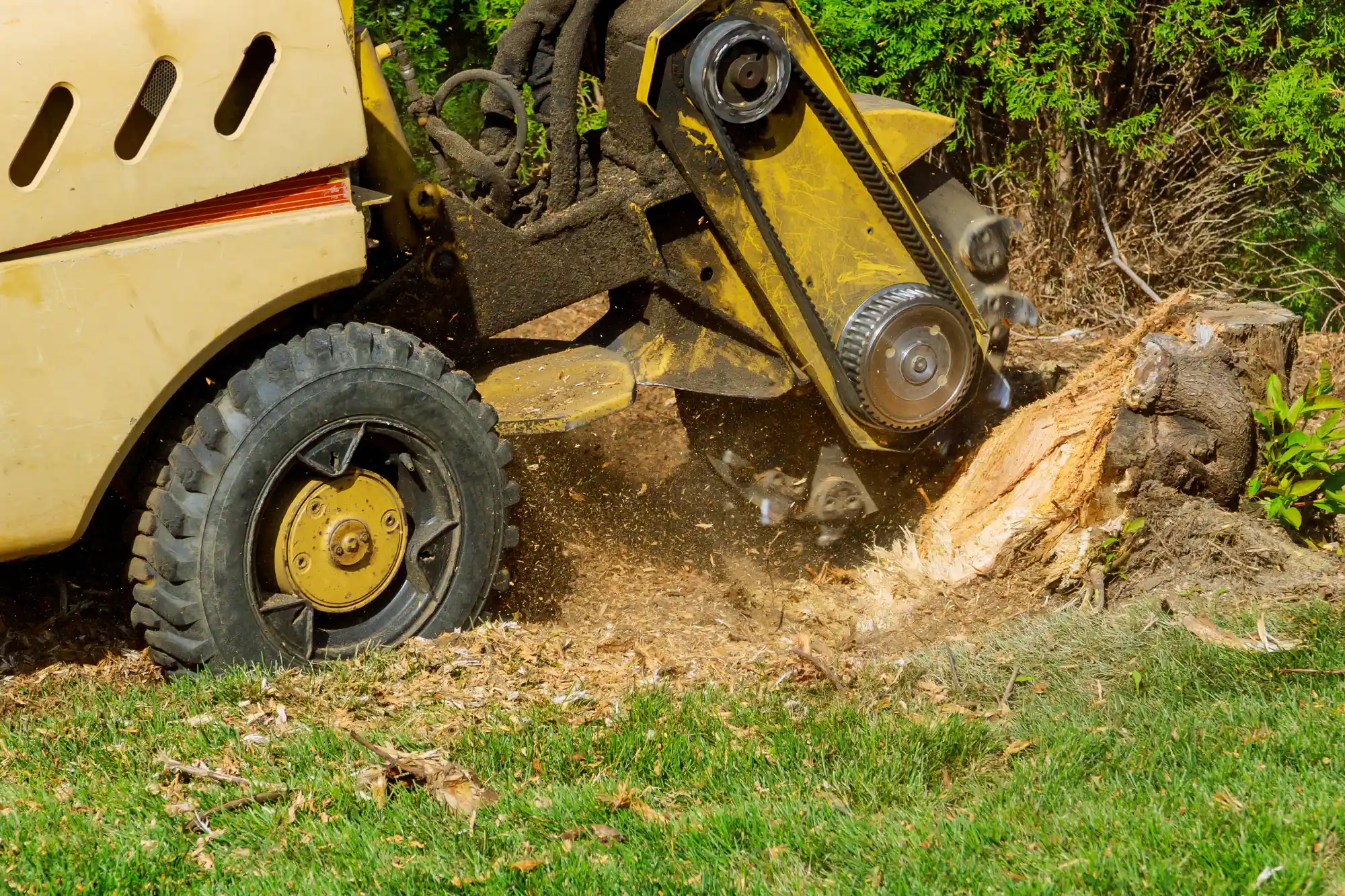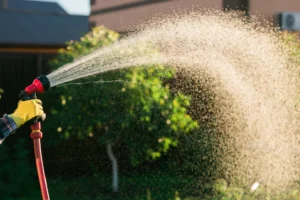Nearly 12,000 properties in the Dallas/Fort Worth metropolitan area have a greater than 26% chance of flooding over the next 30 years.
This concern has led builders to choose pier and beam foundation construction for many of the homes in the area.
What exactly is a pier and beam foundation? What are the pros and cons? Are they easy to repair? Let’s find out.
Pier and Beam Foundation Construction
Unlike poured slab foundations where the house sits directly on the ground, a house on a pier and beam foundation rests above the ground with a crawlspace below.
With this foundation type, piers extend into the ground to bedrock. The number of piers depends on the size and weight of the house. Sometimes piers are poured into concrete cylinders with steel reinforcements, other times they are made by stacking cinderblocks.
On top of the piers, hardwood shims are inserted for adjusting the height of the house in each location. The shims fit below beams that traverse the length of the house and are spaced out evenly across the entire expanse.
These beams rest under the joists of the house and run perpendicular to the joists forming a lattice pattern.
Pros and Cons of Pier and Beam Foundation Design
The pros include:
- The house sits above the ground to aid in the avoidance of flooding
- The pier and beam foundation design creates a crawlspace that makes it easy to install and maintain electrical lines, water, sewer lines, and the foundation itself
- Should the piers, beams, or shims become damaged, they are easily accessible for repair
The cons are:
- The crawlspace can become home to critters large and small: hornets, mice, skunks; just about anything that can get in might bunk down under your house
- Without the joists resting on a continuous flat surface, they can become prone to squeaking and other minor movements
- Unless the underside of the floor gets insulated, it can get colder in winter months than a floor resting on a slab foundation
- If water accumulates under the home without proper drainage, moisture can make its way up into the flooring of the house
Pier and Beam Foundation Repair
If you own a house with a pier and beam foundation you have some good news coming your way: they are easier and cheaper to repair.
But, what can go wrong?
- Erosion can cause piers to shift, lean, or even collapse
- Beams are typically made of wood (though some are made of steel I-beams) and can deteriorate
- Shims can come loose or rot away
There are some possible solutions.
- Replacing shims is easy and inexpensive
- Replacing compromised piers is more complex but still cheaper and easier than dealing with problems that crop up in slab foundations
- Replace bad beams, add additional beams, or underpin the existing beams
House Foundations Can Develop Issues
Your house foundation is arguably the most important part of your house. If it becomes compromised, the entire house is in jeopardy.
Fortunately for those with a pier and beam foundation, the solutions to foundation issues are not as difficult to deal with as with other types of foundations.
Foundation repairs are not good candidates for a DYI project. Your house depends on the quality of the work done. For expert foundation repair in the Dallas/Fort Worth area, look no further than FCS. Call us today for a free evaluation.



